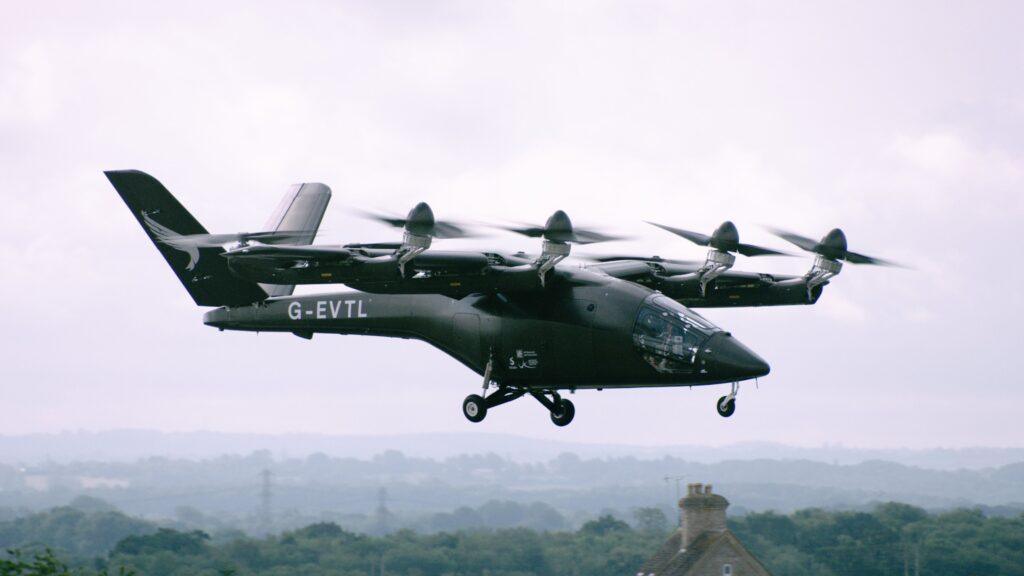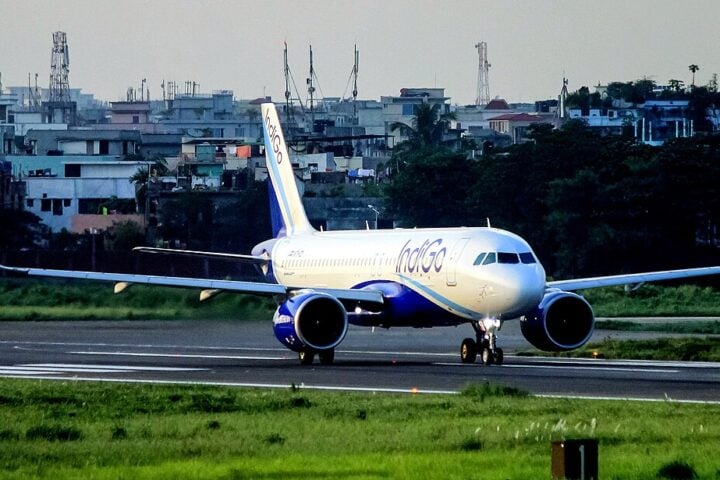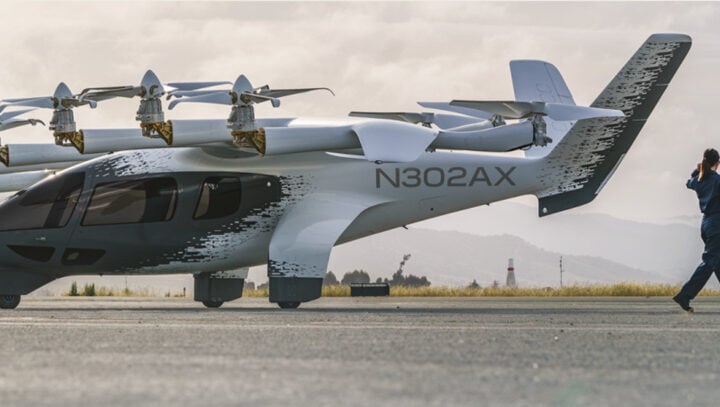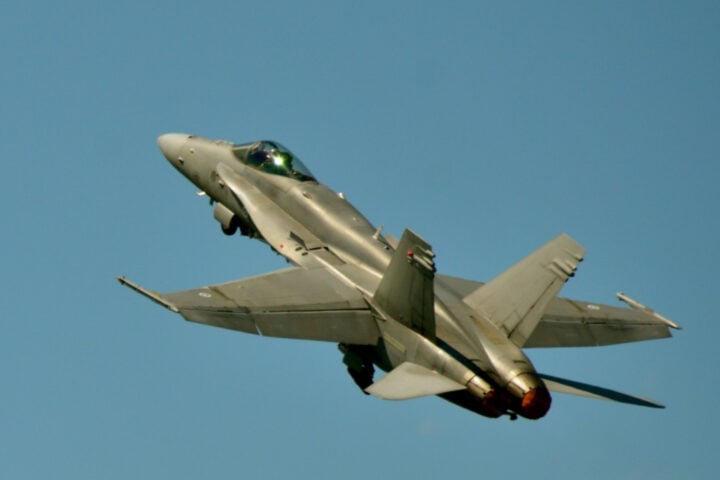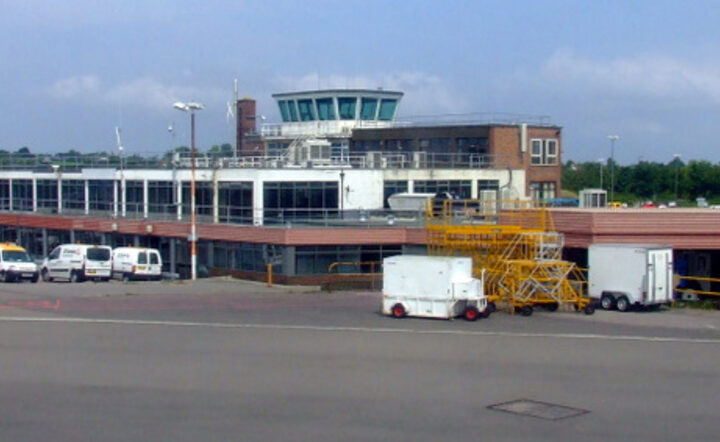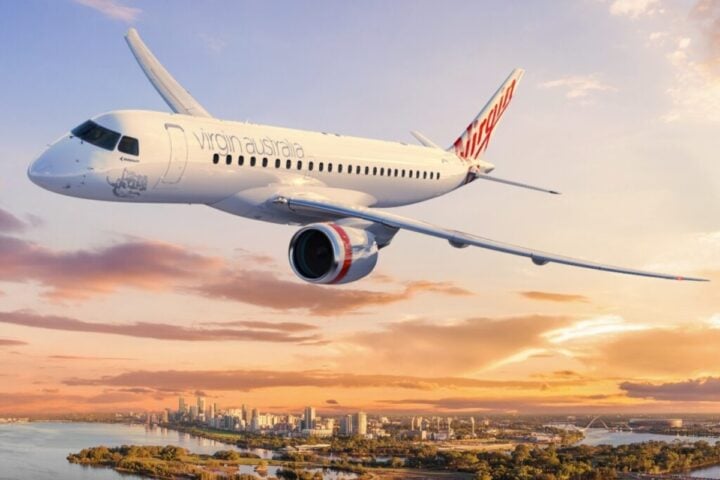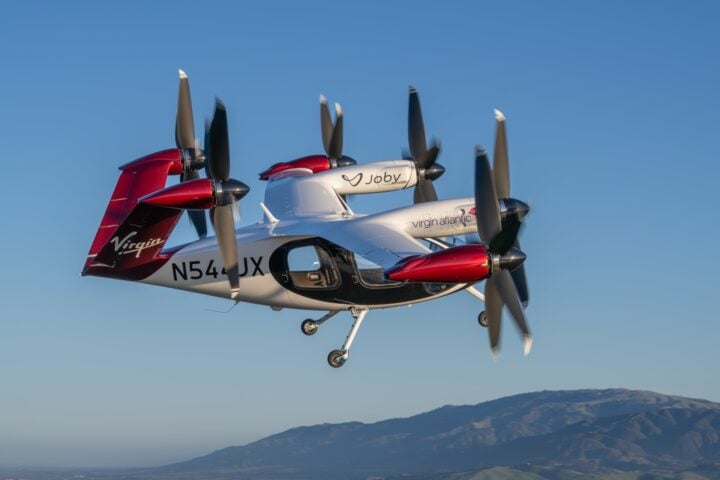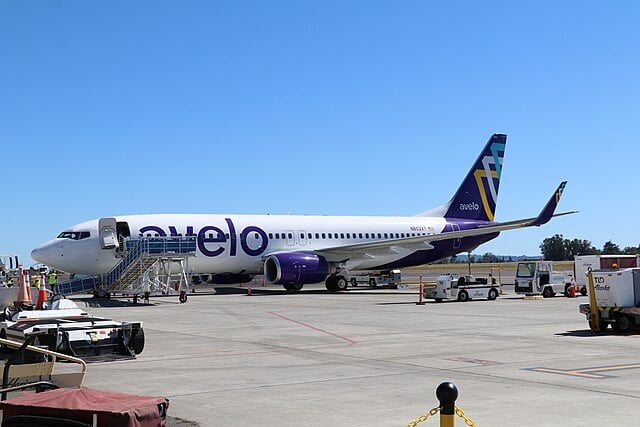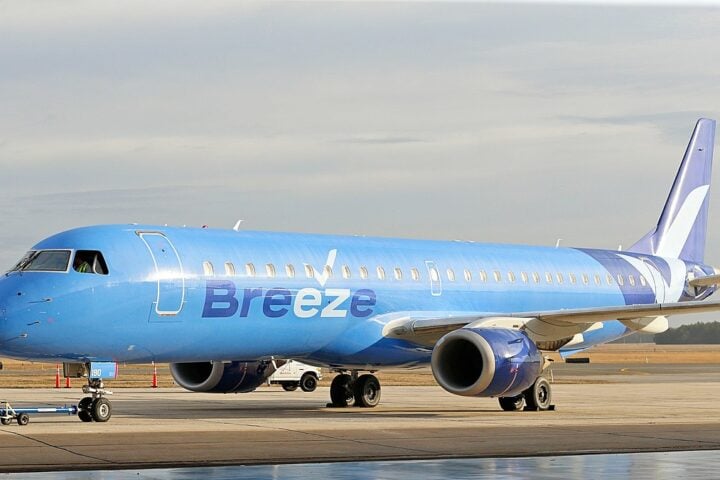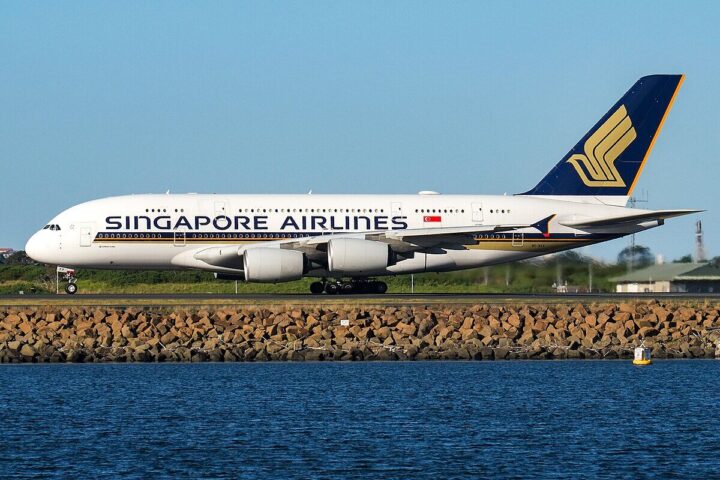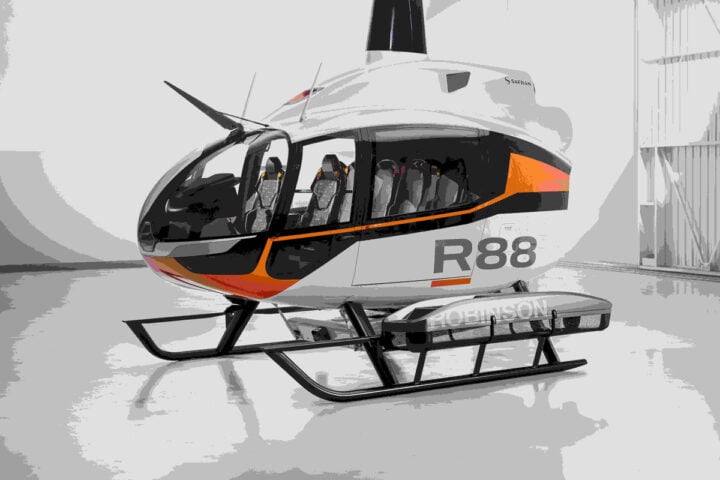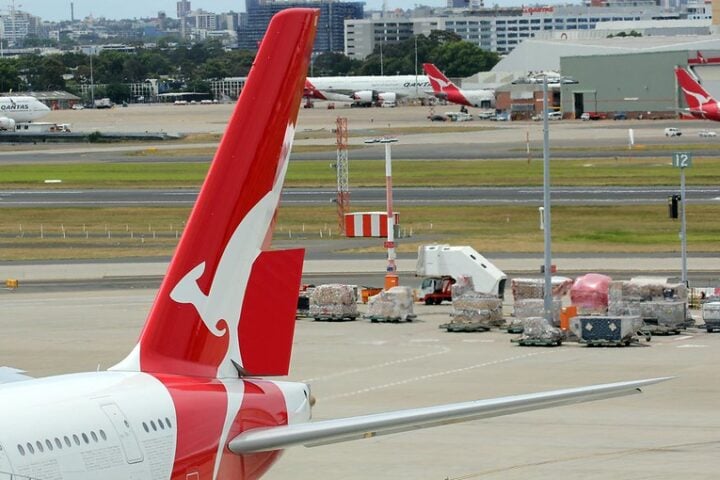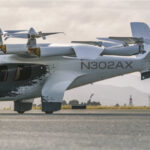In a time when popstar Taylor Swift’s travel carbon emissions are being criticized and questioned, Vertical Aerospace, a pioneer of zero emissions aviation, has unveiled its next-generation full-scale VX4 prototype, the only electric take-off and landing vehicle (eVTOL) designed, built, and assembled in the UK. The global aerospace and technology company has collaborated with various global aerospace partners to create this prototype, which is to be 100 times safer than small-engine helicopters and with zero operating emissions. It has successfully undergone systems testing and commissioning and will soon undergo flight tests for further refinement once the UK Civil Aviation Authority (CAA) has issued its Permit to Fly.
This four-passenger seater is built to be piloted and has a range of up to 100 miles. The VX4 prototype, with its Low Noise Signature technology, is quiet in cruise and has a 50dBA output, which makes it virtually imperceptible in urban surroundings. It will be able to journey from Battersea to Heathrow in 8 minutes and Miami to Fort Lauderdale in 11 minutes.
The VX4 prototype, enabled with a 20% increase in power-to-weight ratio, is more powerful than the previous full-scale prototype and can thus reach speeds of up to an impressive 150 mph. This better-improved VX4 prototype has attracted customers from across four continents, including Virgin Atlantic, American Airlines, Japan Airlines, GOL, and Bristow, and it has already received 1,500 pre-orders worth $6bn.
Among Vertical’s leading aerospace partners, Honeywell provided the ‘brains’ of the aircraft, which are flight control computers, avionics, and flight control software. Hanwha brought its long-established aerospace technology, flight-critical actuator systems expertise, and mechanisms, including tilt and pitch change for the front propellers. Leonardo, one of the pioneers in composite fuselage manufacture, provided VX4 with composite fuselage and pylons. Syensqo, on the other hand, manufactured its aerospace composite material. GKN equipped it with Electrical Wiring Interconnection Systems, Molicel, its high-performance Lithium-Ion cylindrical cells, the latest P45 battery cell, and Dassault Systèmes, the leading integrated aircraft design software.
Similar Post
Having successfully completed systems and aircraft testing and commissioning, Vertical is now working closely with the UK Civil Aviation Authority (CAA) as it rigorously evaluates the engineering, design, test data, and aircraft, thus conducting a “mini certification” programme while it waits to get flight permission so that they can begin a robust flight test programme at Vertical’s multi-million-pound state-of-the-art Vertical Flight Test Centre in Bristol. The company announced that the scope of its Design Organisation Approval (DOA) has been expanded by the CAA, showing further confidence from the regulator in Vertical’s engineering capability as it progresses towards Type Certification. The CAA and European Union Aviation Safety Agency (EASA) have both agreed to collaborate on VX4’s certification activities.
The latest full-scale VX4 prototype has 60% of its technology and components from world-leading aerospace partners, which was previously 10%. Its other new primary feature includes in-house developed, most powerful yet lightest proprietary batteries and powertrain system along with multiple backup sources, which not only have rapid charge time but are also designed to meet the commercial requirements of eVTOL. Besides these, the eVTOL prototype has also been equipped with new proprietary propellers optimized for low noise and made of carbon fibre composite using a single-shot cure process to maximize integrity. Moreover, its aerodynamic shape has been designed to maximize performance in all phases of flight.
Opening up about their goal, Stuart Simpson, CEO of Vertical, said, “Our goal is to build the safest and most advanced aircraft in this new transportation category. With the new full-scale VX4 prototype, benefiting from our proprietary technology and contributions from leading aerospace partners, we are making significant progress toward that goal.”
An identical full-scale prototype is currently in the works, which is meant to help accelerate the flight test program and improve the design and functionality of the VX4 using the insights from both the prototypes’ tests, which will be ultimately used for commercial purposes.
